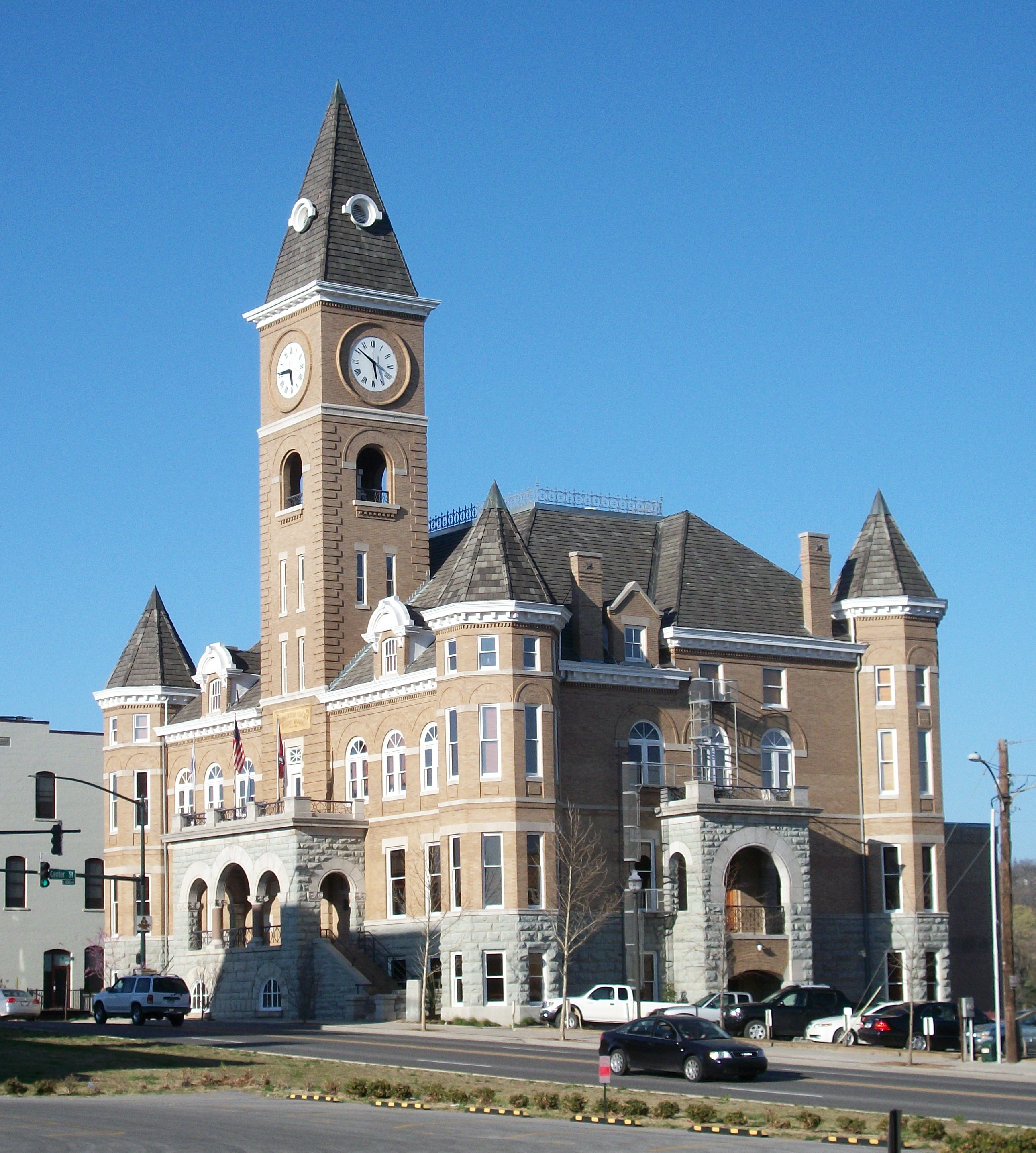What plant hardiness zone am I in?
Plant Hardiness Zone Map
More Information
What is my USDA Plant Hardiness Zone?
Find your 2023 USDA Plant Hardiness Zone based on your current device location, along with a map of plant hardiness zones in your area and in the United States.
Compare the 2023 and 2012 USDA Plant Hardiness Zone Maps to see how the zones have changed over the last decade in your area.
Minimum winter temperatures are a major determinant of whether a particular plant selection can be successfully grown outside year around. There are other factors that influence plant survival, such as snow cover, summer heat, humidity, soil moisture, and spring frosts.
What are Plant Hardiness Zones?
Plant hardiness zones are a system used by gardeners, landscapers, and agriculturalists to help determine which plants are best suited for a specific location. The map of the United States is commonly broken up into 11 zones ranging from zone 1A (the most cold-hardy) to zone 11B (the least cold-hardy). The exact borders of each zone are based on the average minimum winter temperature in that region.
This plant hardiness zone map shows the range of temperatures where plants can survive the winter. The plant hardiness zone is determined by the minimum temperatures and the minimum number of days in a year where the minimum temperature is reached. The plant hardiness zone is helpful because it allows you to select plants that will survive the winter in your area. This will help ensure that your plants are able to survive the winter and are able to provide you with the fruit or vegetable that you are hoping for.
The first geographical zone map was created by the United States Department of Agriculture (USDA) in 1920s to help farmers determine which plants would be best suited for the climate in their area. Since then, it has been a valuable tool for gardeners and farmers to determine which plants are best suited for their region. Plant hardiness zones are a system of mapping the climate of a region. They provide a range of temperatures and the plants that can be successfully grown in those areas.
Dynamic Plant Hardiness Map
Unlike other plant hardiness websites and maps, this site offers a fully dynamic and interactive map that allows you to zoom and pan to see the exact zone and microclimate for your location according to the USDA.
You can find the zone based on your current device location, or by searching for your city, town, ZIP code, or you can search for the zone based on the address you wish to locate.
Plant Hardiness Zone Atlas
Our plant hardiness zone atlas has a list of cities in the United States to help you find the USDA zone of any location in the country.
About Washington County, Arkansas

Washington County is a regional economic, educational, and cultural hub in the Northwest Arkansas region. Created as Arkansas's 17th county on November 30, 1848, Washington County has 13 incorporated municipalities, including Fayetteville, the county seat, and Springdale. The county is also the site of small towns, bedroom communities, and unincorporated places. The county is named for George Washington, the first President of the United States. Located within the Ozark Mountains, the county is roughly divided into two halves: the rolling Springfield Plateau in the more populous north of the county and the steeper, forested Boston Mountains in the much less populated south. It contains three segments of the Ozark National Forest, two state parks, two Wildlife Management Areas, the Garrett Hollow Natural Area, and dozens of city parks. Other historical features such as Civil War battlefields, log cabins, one-room school houses, community centers, and museums describe the history and culture of Washington County. Washington County occupies 951.72 square miles and contained a population of 245,871 people in 89,249 households as of the 2020 Census, ranking it 4th in size and 3rd in population among the state's 75 counties. The economy is largely based on the business/management, education, sales, office/administration, and poultry production industries. Poverty rates, median household income, and unemployment rates best state averages, but lag national trends. Washington County has long had a reputation for education in the state. The University of Arkansas, the largest four-year college in the state, was established in Fayetteville in 1871. A Washington County campus of the Northwest Arkansas Community College was opened in 2019 in Springdale. Today, Washington County contains eight public school districts, including two of the largest districts in the state and two private schools. It is included in the Fayetteville–Springdale–Rogers Metropolitan Statistical Area.
About Hardiness zone
A hardiness zone is a geographic area defined as having a certain average annual minimum temperature, a factor relevant to the survival of many plants. In some systems other statistics are included in the calculations. The original and most widely used system, developed by the United States Department of Agriculture (USDA) as a rough guide for landscaping and gardening, defines 13 zones by long-term average annual extreme minimum temperatures. It has been adapted by and to other countries in various forms. A plant may be described as "hardy to zone 10": this means that the plant can withstand a minimum temperature of 30 to 40 °F.